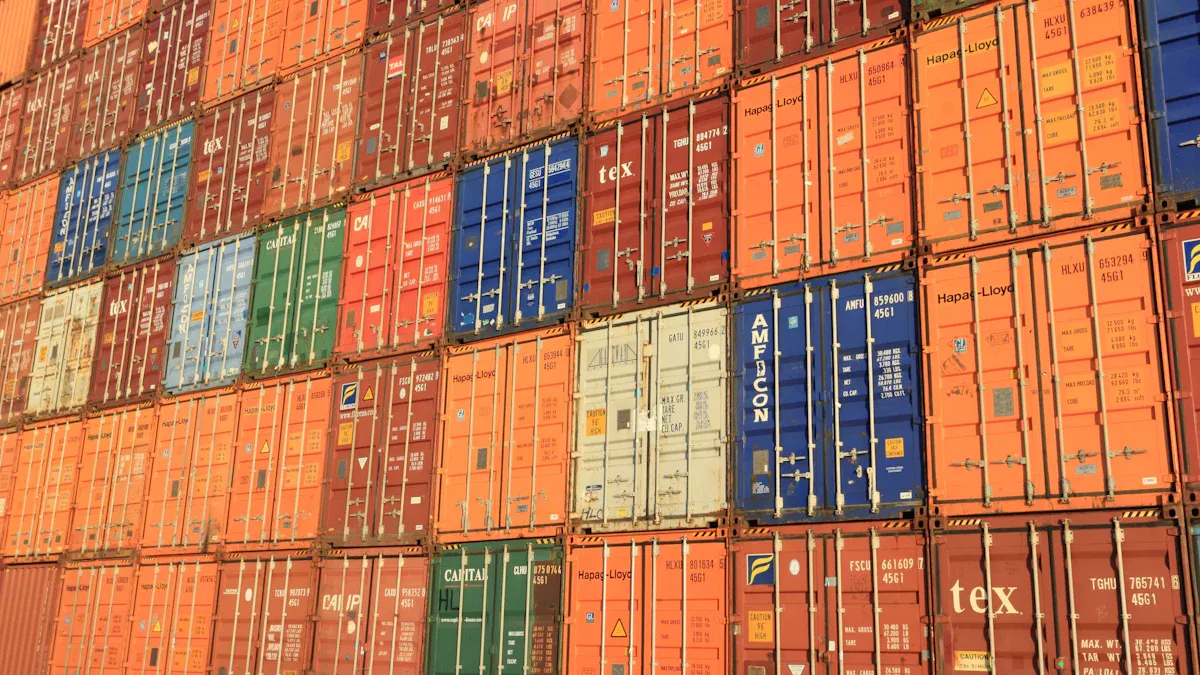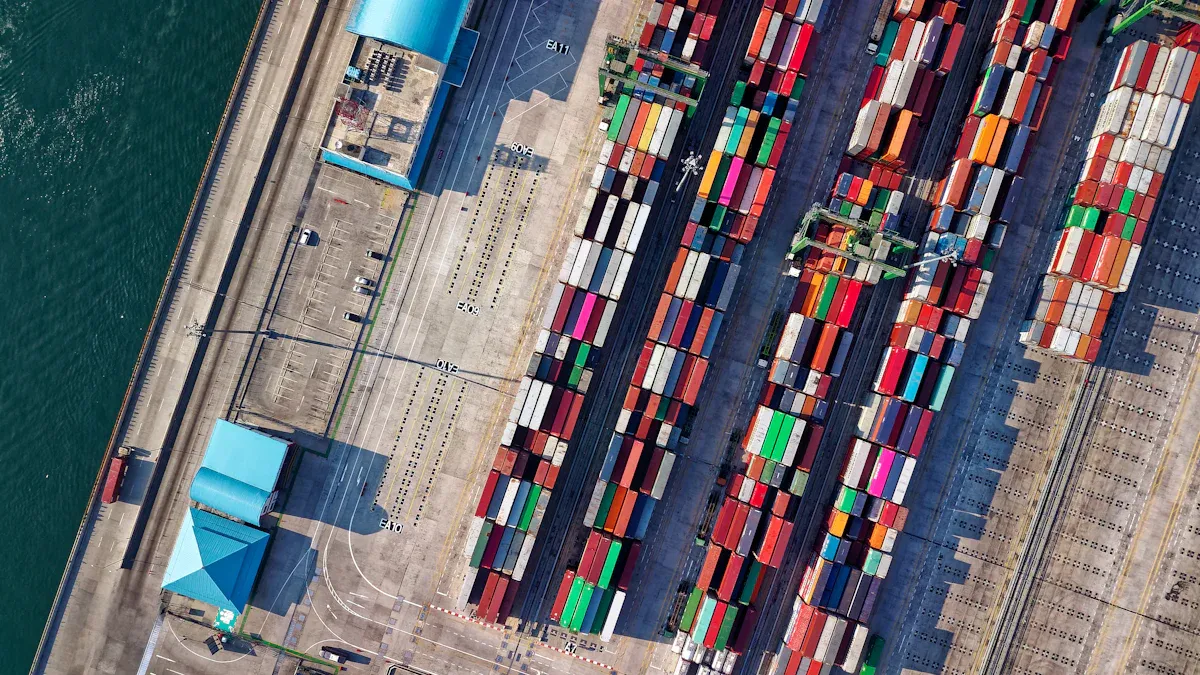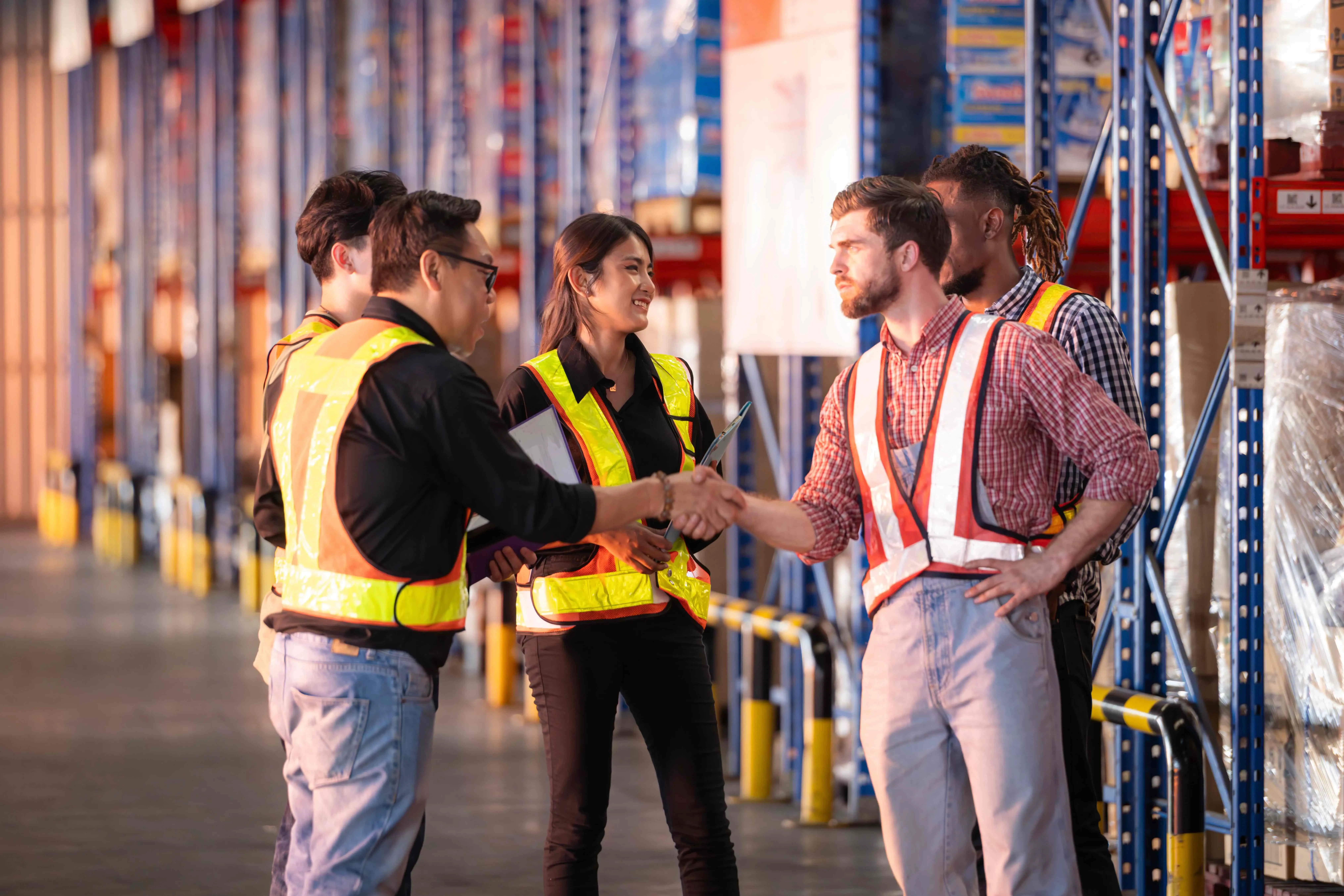How to Analyze Logistics Costs for Maximum Savings

Analyzing logistics costs is important for saving money. It shows problems and helps improve how things work. For example, using smart tools like IoT and AI can make logistics 25% better. Cutting delivery time by 5% can make supply chains 12% faster. This proves saving costs helps businesses stay ahead.
Key Takeaways
Knowing logistics costs shows where you can save money. Split costs into parts like shipping and storage to spot ways to improve.
Using tools like AI and IoT makes logistics work better. These tools track packages and guess future needs, cutting costs.
Working well with suppliers builds teamwork. Talking openly and staying partners for a long time can bring smart ideas and lower costs.
Understanding Logistics Costs and Their Components

Knowing logistics costs is key to improving your supply chain. Breaking these costs into parts helps find ways to save money. Let’s look at the main parts of logistics costs and the problems you might face.
Key Elements of Logistics Costs
Logistics costs have many parts that add to total expenses. Each part affects how much you spend overall. Here's a simple breakdown of the main parts:
Component | Type | Description |
|---|---|---|
Transportation expenses | Direct | Costs for shipping, like fuel, repairs, and freight charges. |
Warehousing costs | Direct | Money spent on storage spaces, workers, and utilities. |
Inventory carrying costs | Direct/Indirect | Costs for keeping stock, like buying items and wear-and-tear. |
Order processing costs | Direct/Indirect | Costs for handling orders, like worker pay and tech tools. |
Administrative costs | Indirect | Overhead costs like manager salaries and software fees. |
Transportation costs are usually the biggest part of logistics expenses. Things like fuel prices and shipping rates affect these costs a lot. Warehousing costs, such as storage and holding inventory, can be lowered with good management. Order handling and admin costs also add up, but using tech can help save money.
Managing inventory well is also very important. Experts say better inventory control can cut costs by 15–20%. Smarter truck planning can also save 10% on fuel, according to research. These tips show why it’s important to study each part of logistics costs to save money.
Challenges in Managing Logistics Costs
Handling logistics costs can be tricky for many reasons. Problems like changing fuel prices, supply chain issues, and needing real-time data can make it hard. Here are some common problems:
Outdated Data Collection Methods: A big logistics company couldn’t predict ship arrival times due to old systems. This shows why modern tools are needed for better tracking.
E-commerce Disruptions: Online shopping creates high service demands, with low profit margins of 1–3%. Balancing these needs while saving money is tough.
Geographic and Market Factors: Location, complex supply chains, and market changes can raise costs. For example, remote areas often have higher shipping expenses.
To solve these problems, try new ideas. Using tech like AI and IoT can make things work better and cost less. For example, JUSDA’s JusLink tool uses live tracking and smart predictions to manage costs. Also, doing a cost-to-serve study can show the full cost of your products, helping you make smarter choices.
By solving these problems and learning about logistics costs, you can improve your supply chain and save a lot of money.
Ways to Check Logistics Costs for Better Savings
Knowing how to check logistics costs helps save money. Using the right tools and numbers shows where to improve.
Important Numbers for Checking Logistics Costs
To check costs well, focus on key numbers. These numbers show how things work and where to save. Here are some helpful methods:
Methodology | Description |
|---|---|
Cost Breakdown | Splits costs into parts like fuel and worker pay to find savings. |
Rates how good and fast your logistics are compared to others. | |
Total Landed Cost (TLC) | Adds up all costs of moving goods to help with pricing. |
Logistics Productivity Ratio (LPR) | Checks how much money logistics earns compared to its cost. |
Customer Service Level (CSL) | Tracks how many orders are correct and on time. |
These numbers help you see costs and their effects. For example, TLC shows the full cost of shipping, while LPI compares your efficiency globally.
Tools and Tech for Checking Logistics Costs
Smart tools and tech make checking costs easier. They give quick updates and help you plan better. Examples include:
Data tools show patterns and help avoid problems.
IoT gadgets track shipments live, cutting transport costs.
AI tools predict needs and improve inventory planning.
Using these tools makes it simple to check costs and save money.
How JUSDA’s JusLink Helps Save on Logistics Costs
JUSDA’s JusLink is a smart tool for managing logistics costs. It uses IoT, cloud systems, and big data for live tracking and smart tips. JusLink lowers transport costs, improves inventory, and makes cost-checking easier. It also helps with cost-to-serve studies for better choices.
By using JusLink, you can cut logistics costs and save more. This tool helps you stay ahead in a fast-changing world.
Strategies to Reduce Logistics Costs Effectively

Cutting logistics costs needs smart plans for transport, storage, tech, and suppliers. Using these ideas can save money and make your business stronger.
Saving Money with China-Europe Express Rail
Transport costs are often the biggest part of logistics costs. Picking the right way to move goods can save money. The China-Europe Express Rail is a cheaper and reliable option for Asia-Europe trade.
This rail links 227 cities in Europe and 100 in Asia.
It costs less—one-fifth of air and one-fourth of sea transport.
Travel time is 15–20 days, faster than sea and cheaper than air.
It’s eco-friendly, with much lower carbon emissions than air or road.
This rail has grown trade between Asia and Europe. For example, China’s trade with 25 European countries rose from 4 trillion yuan in 2013 to 7.42 trillion yuan in 2022. Using this rail can cut transport costs and support greener practices.
Better Warehouse and Inventory Management
Storage and inventory costs are big parts of logistics costs. Fixing these areas can save a lot. Try these ideas:
Track Inventory in Real-Time: Know stock levels to avoid shortages or extra items.
Use Space Wisely: Organize storage to lower costs and help workers.
Detailed Reports: Learn about stock turnover and order costs to plan better.
For example, companies using tracking tools often reduce storage costs and improve stock movement. These steps help you understand costs better and improve logistics.
Using Technology to Save Money
Tech helps lower logistics costs by making work faster and easier. Automation and smart tools reduce mistakes and improve processes. Here’s how:
Automation Cuts Labor Costs: Fewer workers mean lower payroll and fewer errors.
AI Finds Better Routes: Save fuel and deliver faster.
Predict Problems Early: Automated tools spot issues before they cause delays.
Automation handles tasks quickly, letting workers focus on bigger goals. For instance, AI tools improve productivity by speeding up processes. Adding these tools helps you save money and manage costs better.
Working Well with Suppliers
Good supplier relationships help lower logistics costs and keep things running smoothly. Working together builds trust and creates new ideas. Here’s how to do it:
Be open and honest to build trust.
Aim for long-term deals that benefit both sides.
Work together to find ways to save money.
Share new ideas to improve products and services.
Check performance often to keep improving.
For example, trusted suppliers can warn you about problems early. During tough times, they might prioritize your orders or find other materials to avoid delays. Building strong partnerships leads to lasting savings and better logistics management.

JUSDA Solutions
To provide you with professional solutions and quotations.
Knowing logistics costs is important to make your supply chain better. Using tools like the logistics performance index shows where to save money. Strategies like managing inventory and cutting waste can lower costs and improve efficiency. For example:
Cost-Saving Idea | What It Does | How It Helps Costs |
|---|---|---|
Better Inventory Management | Uses data to predict needs and keep stock levels right | Lowers storage expenses |
Cheaper Transport Options | Finds better routes and transport methods | Saves fuel and time |
Less Waste | Matches production with what people actually need | Cuts down on waste |
Smart Data Tools | Shows where to save in supply chain management |
Checking costs often and trying new ideas keeps logistics affordable. Using data and improving systems helps you stay ahead in a changing market.
See Also
Unlocking Logistics Savings: Expert Tips For Supply Chain Success
Reducing Logistics Costs: Your Comprehensive Resource For Savings
Understanding Supply Chain Economics: Strategies For Cost Efficiency
Revolutionizing Logistics: JUSDA's Approach To Enhanced Efficiency
